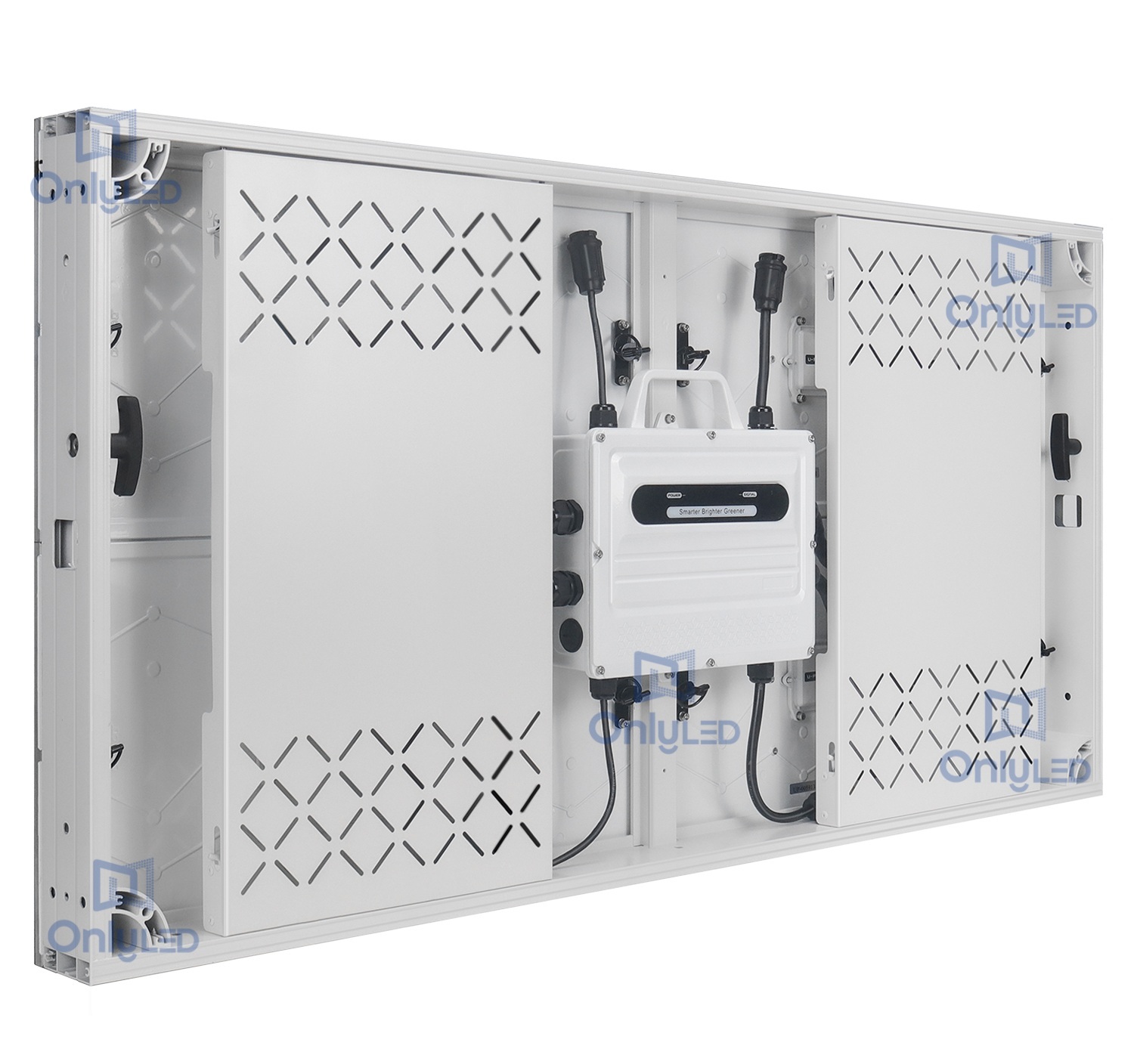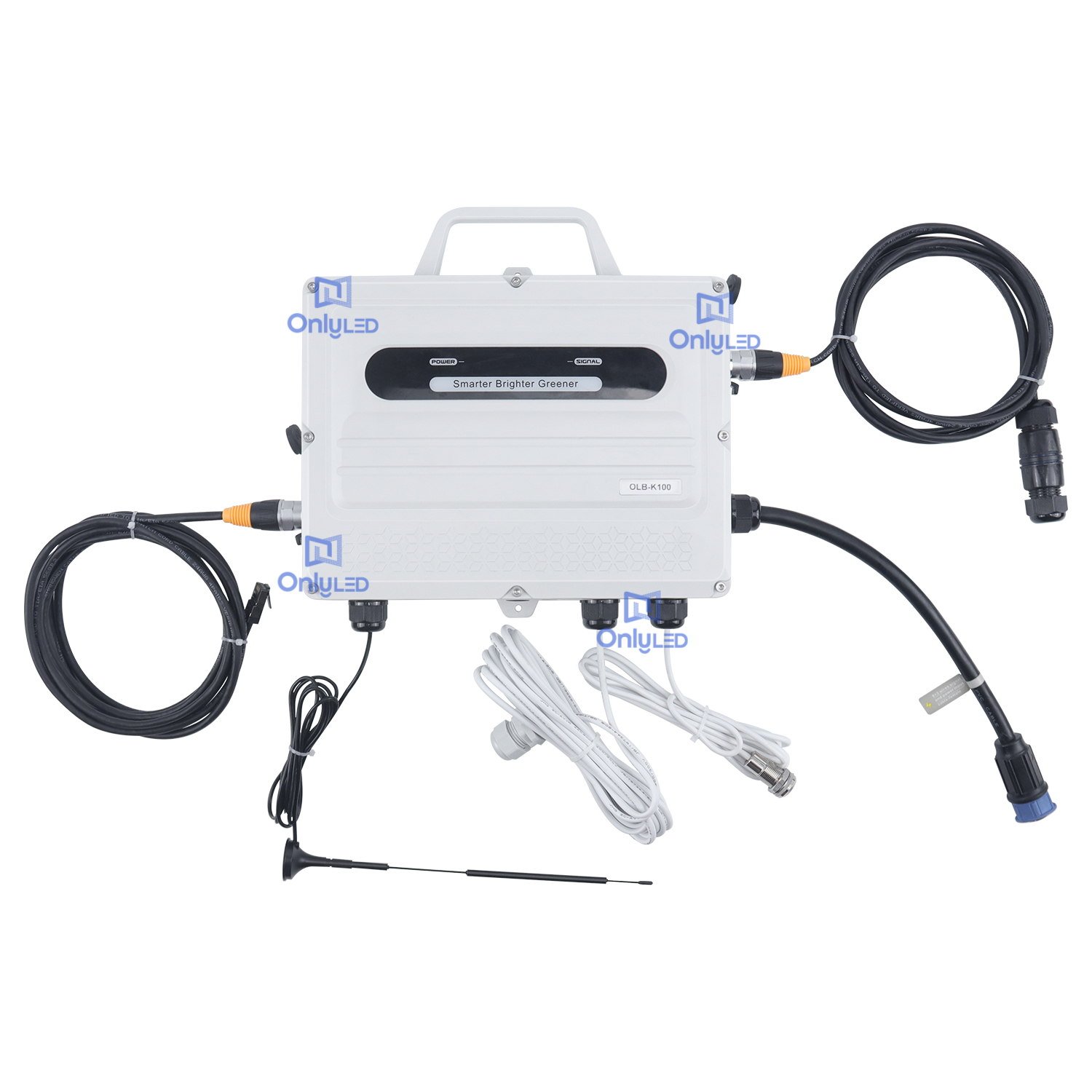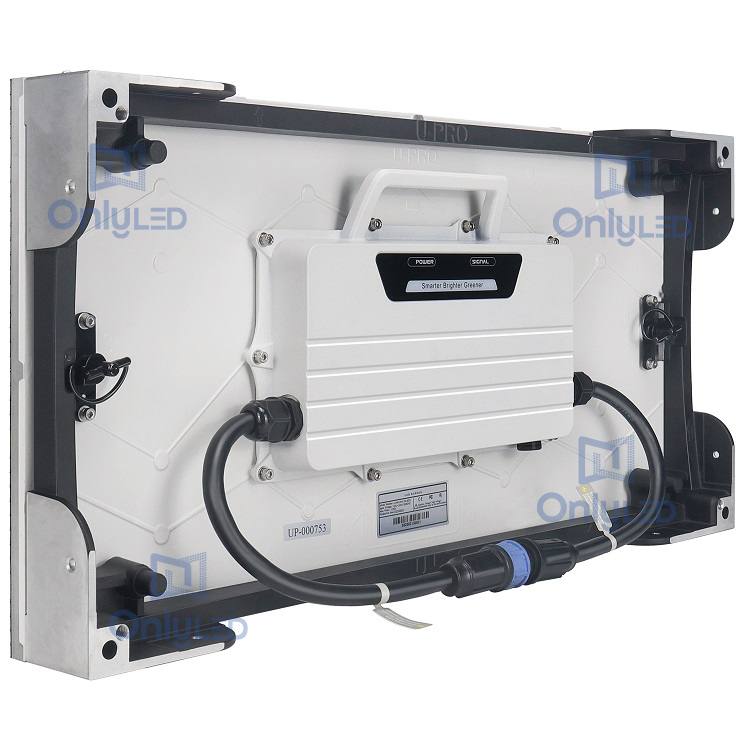Industry News

In today's tech-savvy world, choosing the right display device can be a daunting task. With so many options available, it's essential to find the most suitable one for your needs. In this article, we will compare all-in-one screens and projectors, highlighting their features, pros, and cons to help you make an informed decision.
Benefits and Drawbacks of All-in-One Screens:
All-in-one screens, such as smart TVs and computer monitors, offer a range of advantages. They come in various sizes, from compact screens to larger ones, catering to different spaces and requirements. These screens can directly connect to various devices like gaming consoles, laptops, and set-top boxes, eliminating the need for additional equipment.
With built-in speakers, all-in-one screens provide immersive audio experiences without the need for external speakers. They also offer high-definition display quality, vibrant colors, and excellent clarity. Besides, screens come with different connectivity options like HDMI, USB, and Wi-Fi, providing a seamless integration experience.
However, all-in-one screens have some drawbacks. They can be bulky and take up significant space, especially larger-sized screens. Additionally, they are not portable and cannot be easily moved around. Moreover, the screen size is limited to what is available, so you may have to compromise if you require a particular size.
Advantages and Limitations of Projectors:
Projectors, on the other hand, offer unique benefits that make them a popular choice, especially for home theaters and presentations. One significant advantage is their ability to project large images, giving you a cinematic experience in the comfort of your own home. With adjustable screens, you have the flexibility to select your desired size.
Projectors are also highly portable, allowing you to set them up anywhere you want. Whether it's indoors or outdoors, projectors provide a versatile viewing experience. They are lightweight, compact, and easily fit into a backpack, making them ideal for frequent travelers or those who frequently shift their viewing location.
However, projectors do come with some limitations. The quality of the projected image can depend on the lighting conditions in the room. Excessive ambient light can affect visibility and image clarity. Additionally, projectors may require an external sound system to deliver high-quality audio due to their built-in speakers' limited capabilities.
Choosing the Ideal Device for You:
When it comes to choosing between an all-in-one screen and a projector, consider your specific needs and preferences.
If you prioritize convenience, versatility, and a space-saving solution, all-in-one screens are the way to go. They offer a plug-and-play experience, excellent image quality, and eliminate the need for additional equipment.
On the other hand, if you value a larger viewing area, flexibility in screen size, and portability, projectors might be the better option. They provide a unique and immersive experience, especially for movie lovers or those who frequently host presentations or events.
In conclusion, both all-in-one screens and projectors have their advantages and drawbacks. Assess your requirements, consider the pros and cons, and make a decision based on your specific needs. Whether you opt for a screen or a projector, you can enjoy a fantastic display experience that suits your preferences and enhances your entertainment or work-related activities.




